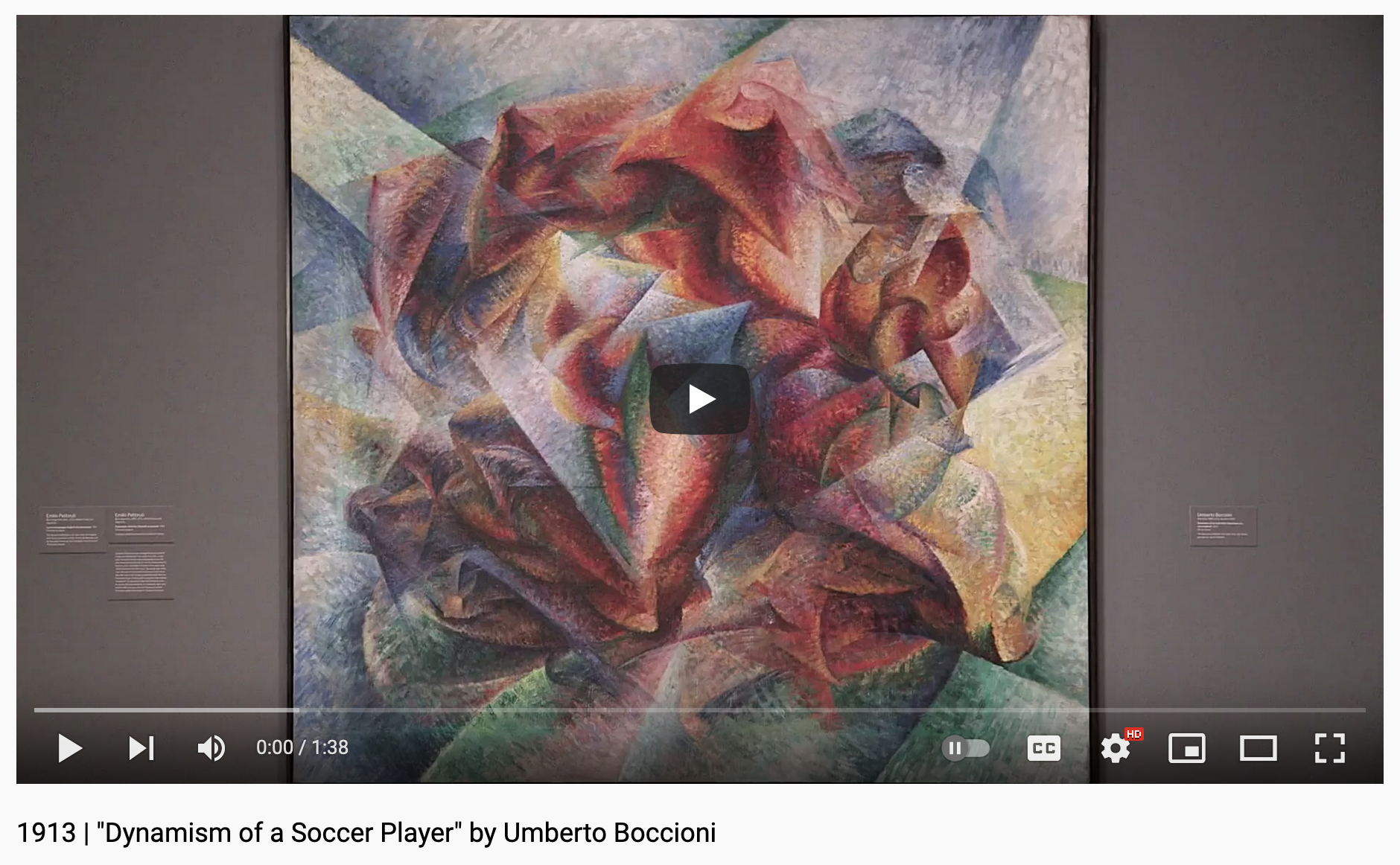#36: Clock Watching
Get panoramic with your perspective.
Instructions
Find a place to look around you.
Staying still, move your head (and gaze) slowly like a clock, pausing to take in each perspective.
Experiment with ways of creating panoramic work—long strips of paper, playing with the panoramic feature on a smartphone, etc.
Try to capture multiple viewpoints or shifts in time.
Enjoy the weirdness.
Time (and Space) is a De(flat)ed Circle
The daylight savings time change has arrived, and boy howdy do I dislike it. The whole “sun going down at 4:30” thing is non-exciting. But it is a good reminder of both how dumb and simple are brains/bodies are, and the immense power of our perception.
In many ways, what we see and experience is a hallucination. I’ll let neuroscientist Lisa Feldman Barrett explain:
Neuroscientists like to say that your day-to-day experience is a carefully controlled hallucination, constrained by the world and your body but ultimately constructed by your brain….
Your brain actively constructs your experiences. Every morning, you wake up and experience a world around you full of sensations. You might feel the bedsheets against your skin. Maybe you hear sounds that woke you, like an alarm buzzing or birds chirping or your spouse snoring. Perhaps you smell coffee brewing. These sensations seem to sail right into your head as if your eyes, nose, mouth, ears, and skin were transparent windows on the world. But you don’t sense with your sensory organs. You sense with your brain.
What you see is some combination of what’s out there in the world and what’s constructed by your brain. What you hear is also some combination of what’s out there and what’s in your brain, and likewise for your other senses.
In some ways, I find this reassuring that we are a clumsy combination of internal and external, and that we have some capacity to shape our perception, or at least be a better partner in the amalgamation.
Look Around and Around
An easy way to widen our awareness is to simply pause and move our head around. I know, DUH. On a recent morning meditation session, George Haas offered up a good instruction — moving the head (and gaze) slowly like the hands on a clock.
Image: one flat view is actually multiple overlapping ones
WOW! So often, I can be stuck with a small window of available view, perhaps from too many years of New-York-head-down-walk-fast, or perhaps from too much only-stare-at-glowing-screens-8-inches-from-my-face. Regardless, it’s a total game-changer to remind ourselves that we live in a three-dimensional world, with the fourth dimension of time (though don’t mention this concept to scientists unless you want an earful).
In non-controversial terms, we move through space and time constantly and it enriches our lives to be aware of that.
Dividing Space
When I was a kid, I remember one of our neighbors being really “good” at drawing — meaning, he could draw stuff that looked like other stuff. One day I noticed him at home using graph paper to copy an image from a magazine. He might have been “cheating,” but I still thought he was a wizard. It’s a useful way to hone in on one aspect at a time.
Breaking down an image is also a useful way to metabolize the content of a complicated image. In this lesson from the NGA online course, teacher Greg Landrigan has students look closely at one quadrant of a Joan Miró painting at a time to pick up details.
Capturing Time
Capturing time is hard to do, but a lot easier with cameras. I’ve always loved long-exposure photos, time-lapse videos, and general messing around with the panorama function of newer phones.
The challenge of capturing time in two dimensions has been of interest for painters for at least the last 100 years. The Futurists especially geeked out about capturing movement and speed, including Umberto Boccioni—who, somewhat ironically, died from injuries after falling off a horse and being clobbered by it (RIP King). Here’s an old video I made about one of his more famous paintings, Dynamism of a Soccer Player.
But you don’t need to be a master to mess around with time and space! Try out different ways of capturing time and space in wider and weirder ways. If you need final inspiration, my former coworker Lasse created a really fun #rollingshutter technique by using the glitches with cameras and programming. FUUUUUUN.
Music
Speaking of slowing down and expanding time, let’s get to “chopped and screwed” music.
I rented a car once to attend a retreat and asked for mix CDs in lieu of gas money (I’m still sad that most computers don’t have burning capabilities now). My buddy Max offered up one that had this really wild slowed-down music he’d picked up from a DJ in Los Angeles. Apparently, cumbia music had travelled from Colombia through to northern Mexico and beyond, and DJs were slowing and altering the sound to create a moody mix. Here’s a whole Vice documentary about it.
The “chopped and screwed sound” also came up in the American South, including this really great song from “Moonlight”. One of my favorite chopped and screwed songs is Rod Stewart’s “Da Ya Think I’m Sexy”.
Of course, the original video is also worth a revisit for the hair and vests alone.
**** The bottom part *****
Check us out on Instagram @lookandmakeart — tag this prompt with #lookandmake36
Want to share what you did? YAY! Email with your name as you want it to appear. Archives of some or all messages will live on lookandmake.art
Have a prompt you want to share? DOUBLE YAY! TELL ME.
You made it to the end. Thank you






